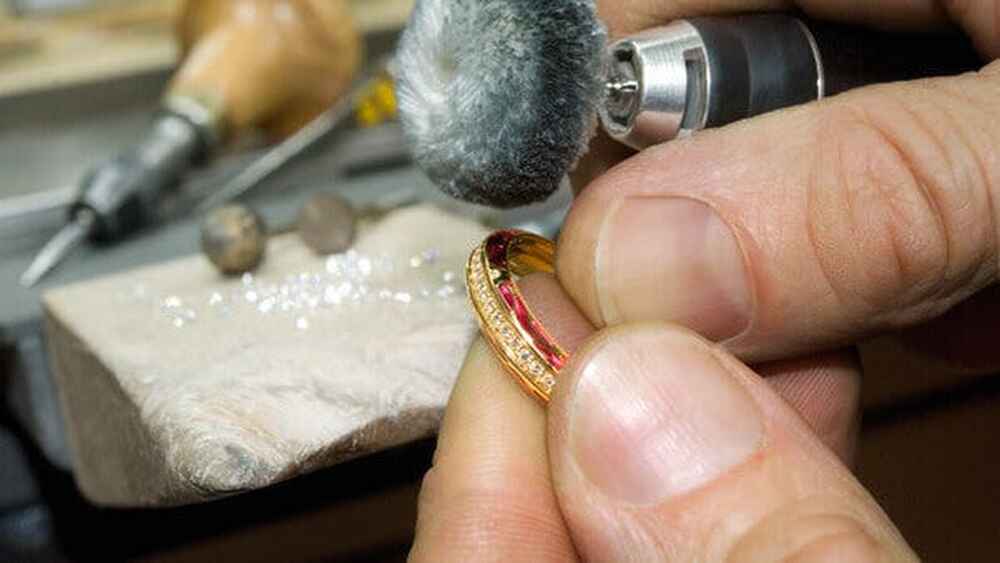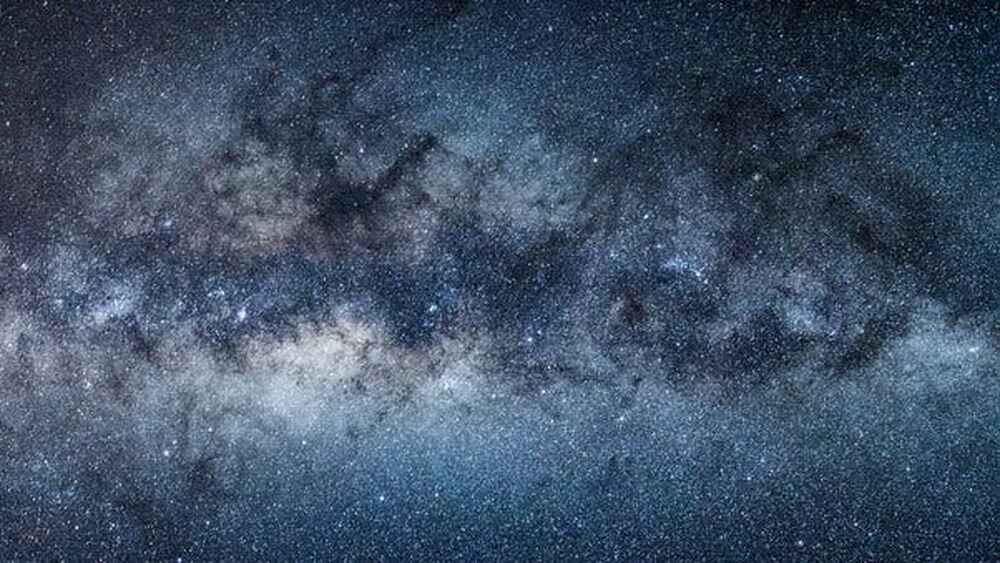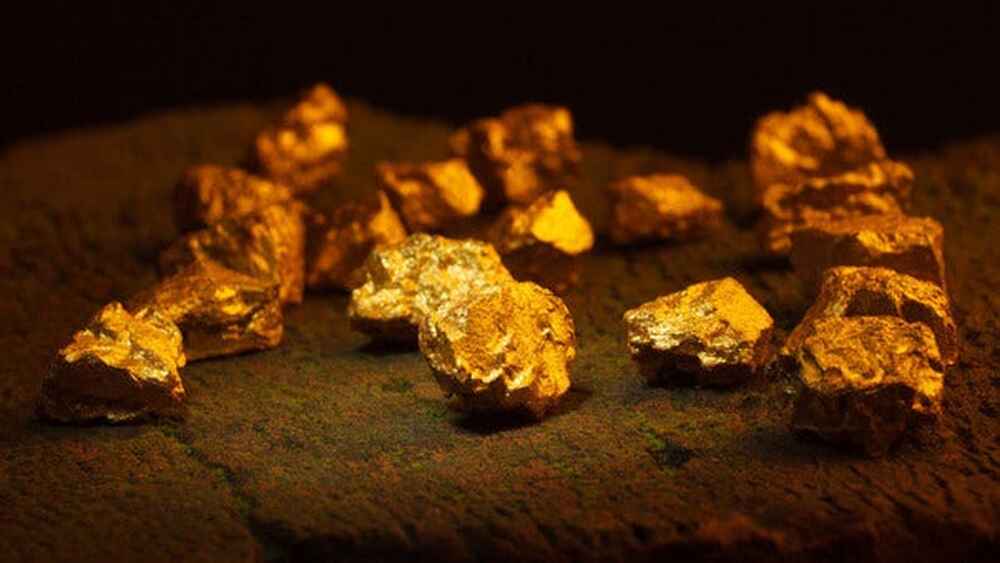Theories on the origin of gold
Hierzu gibt es momentan zwei Theorien, die jedoch beide noch nicht endgültig belegt sind. Eins steht jedoch fest: Gold, dieses fast schon magisch schimmernde Metall mit der einzigartigen Farbe, hat keinen irdischen Ursprung. Zwar ist es mittlerweile möglich, mit Hilfe von Teilchenbeschleunigern aus Platin Gold herzustellen, dies jedoch nur unter hohem, unwirtschaftlichem Aufwand. Auf natürliche Weise kann Gold nur durch außergewöhnliche Ereignisse im All entstehen, bei denen unvorstellbare Kräfte herrschen.
Die Ressourcen an Gold sind auf unserer Erde deshalb begrenzt, was das Edelmetall jedoch nur noch wertvoller macht. Der Gedanke, dass man mit jedem Goldschmuckstück ein Teil des Universums und eines Sternes aus einer anderen Galaxie am Körper trägt, macht es eigentlich viel zu Schade, Gold in verschlossenen Banktresoren zu lagern.
Am Ende seines Lebens explodiert ein Stern und leuchtet kurzzeitig auf. Dieses Ableben wird als Supernova bezeichnet. Was am Ende der Supernova von dem Stern noch übrig bleibt, hängt von der Klassifizierung und der spezifischen Zusammensetzung des Sterns ab. Manche Sterne schleudern ihre restlichen Teile ins All hinaus und zerfallen dann zu einem schwarzen Loch, andere leben hingegen als weißer Zwerg oder auch als Neutronenstern weiter.
Bei einer Supernova herrschen für die einzelnen Elemente extreme Bedingungen. Hierbei nehmen Atome in kürzester Zeit viele Neutronen auf, stoßen sie wieder ab und zerfallen.
Ein Atomkern besteht aus Neutronen und Protonen, wobei die Anzahl der Protonen die Ordnungszahl bestimmt und somit, um welches chemische Element es sich handelt. Ein Kohlenstoffatom weist beispielsweise sechs Protonen auf und Gold 79. Während einer Supernova herrschen so extreme Bedingungen, dass sich auch die Ordungszahlen der Atome ändern. So können aus den alten Atomen ganz neue entstehen - wie etwa Goldatome.
Eine andere und neuere Theorie ist, dass Gold entsteht, wenn zwei Neutronensterne miteinander kollidieren. Auch hier herrschen extreme Bedingungen, die Ursprung für die Entstehung schwerer Elemente wie Gold sein können. Ein Neutronenstern ist das Überbleibsel einer Supernova. Diese Sternenüberreste verfügen über eine extrem hohe Dichte. Bei einem Durchmesser von gerade einmal 20 Kilometern kann ein Neutronenstern bis zu zweimal so viel Masse haben wie unsere Sonne. Zum Vergleich: Die Erde hat einen Durchmesser von 12.700 Kilometern und passt über 100 mal in die Sonne hinein.
Ein Neutronenstern ist nicht nur sehr dicht, er hat auch noch andere extreme Eigenschaften, wie etwa eine starke magnetische Wirkung. Nach dieser Theorie entsteht ein Gammablitz, wenn zwei Neutronensterne kollidieren. Während solch eines Blitzes, der keine zwei Sekunden andauert, wird mehr Energie freigesetzt, als unsere Sonne während ihrer gesamten Lebenszeit produzieren wird. Ähnlich der Supernova-Theorie kann Gold nur entstehen, wenn durch ein außergewöhnliches Ereignis eine unvorstellbare Energie freigesetzt wird, die die Atome im wahrsten Sinne des Wortes durcheinander wirbelt.
Anstoß und Beleg für diese Theorie war für viele Wissenschaftler die scheinbare Beobachtung eines Gammablitzes im Juni 2013, der ca. 3,9 Milliarden Lichtjahre von uns entfernt war - was für “kosmische Verhältnisse” nicht sehr weit weg ist. Forscher vermuten als Ursprung des Gammablitzes die Kollision zweier Neutronensterne, wobei geschätzt wird, das Goldmassen ins All geschleudert worden, die etwa die zehnfache Masse unseres Mondes betragen.
Aufgrund der bereits erwähnten extremen Bedingungen bei einer Supernova, unternehmen die einzelnen Elemente sprichwörtlich eine wahre Reise durch das Periodensystem. Nur unter diesen Umständen kann die entsprechende Konstellation für Gold entstehen. Während der Explosion wird das Gold ins All hinausgeschleudert und kann beispielsweise durch einen Meteoritenregen auf die Erde gelangen.
Da Gold sehr schwer ist, lagert es sich mit der Zeit im Erdkern ab und gelangt durch Vulkanausbrüche wieder an die Oberfläche. Diese Theorie lässt sich übrigens auf alle Elemente, die schwerer sind als Eisen, anwenden, da sich nur durch die Auswirkungen einer Supernova oder einer Kollision von Neutronensternen Kräfte entwickeln, die so schwere Elemente entstehen lassen können.








